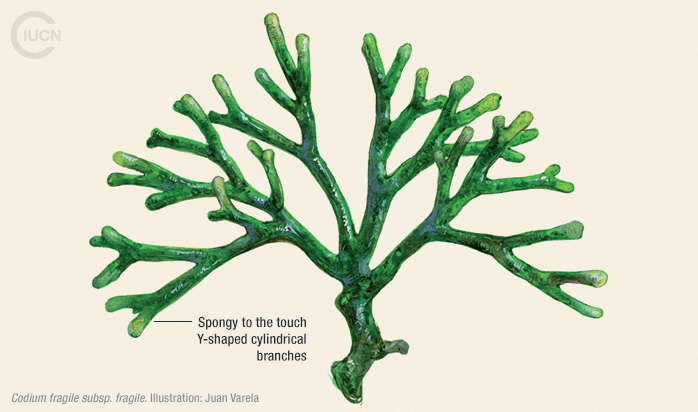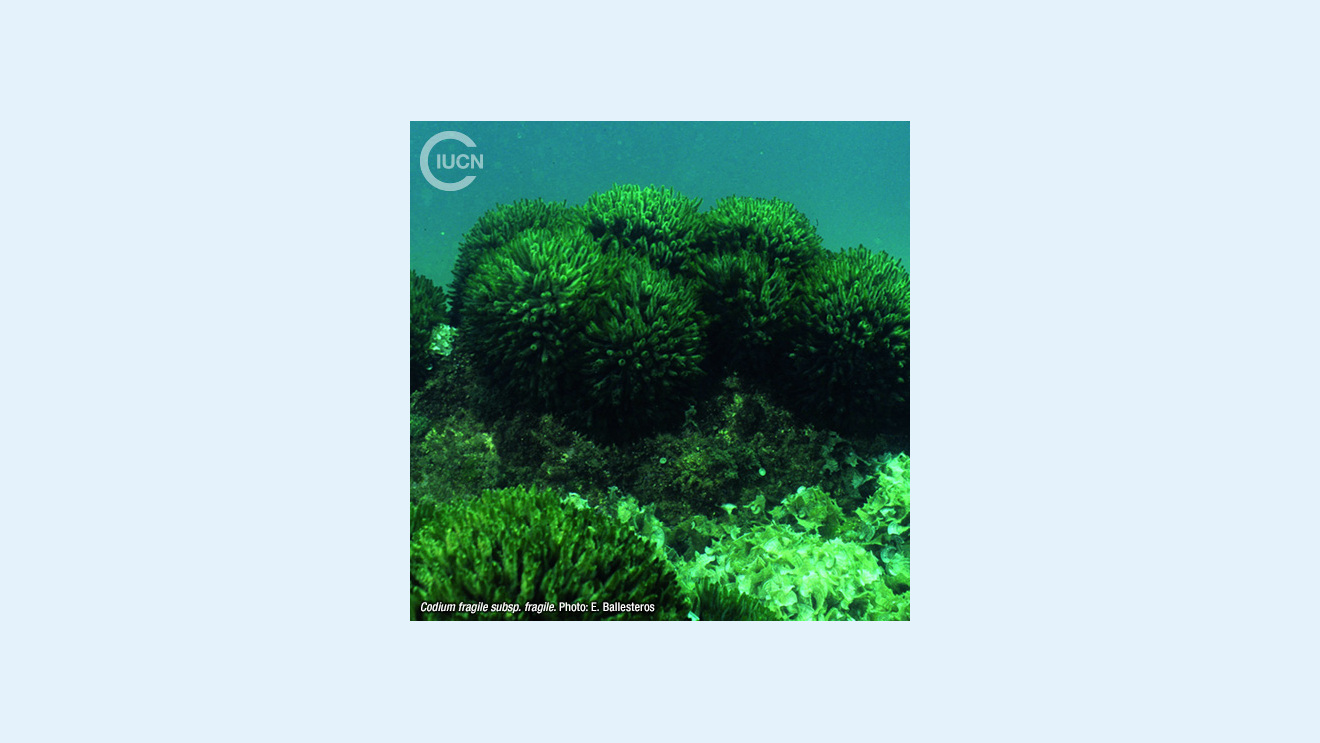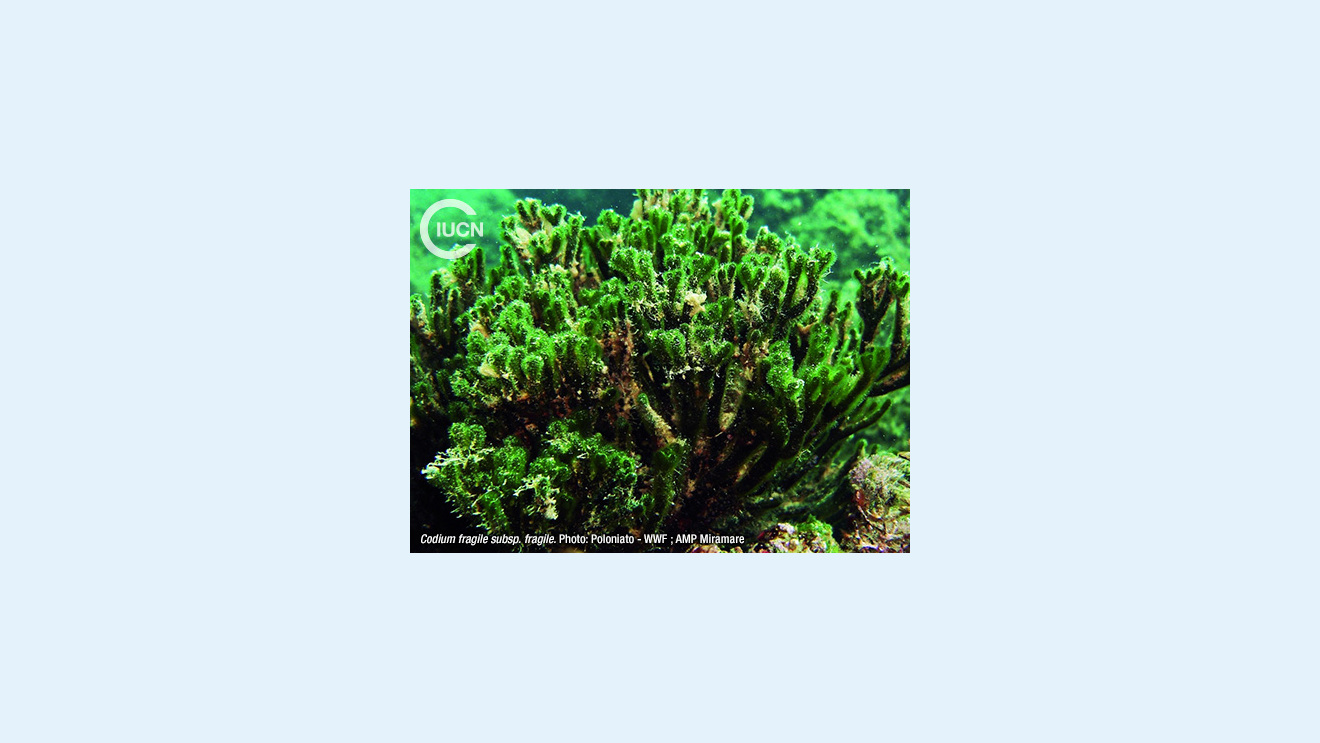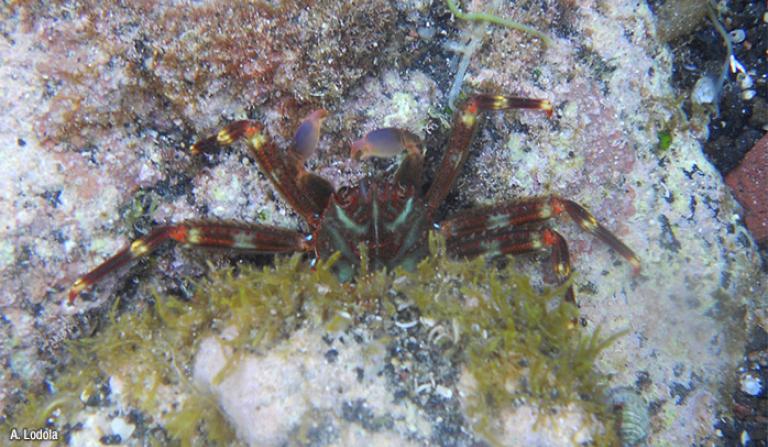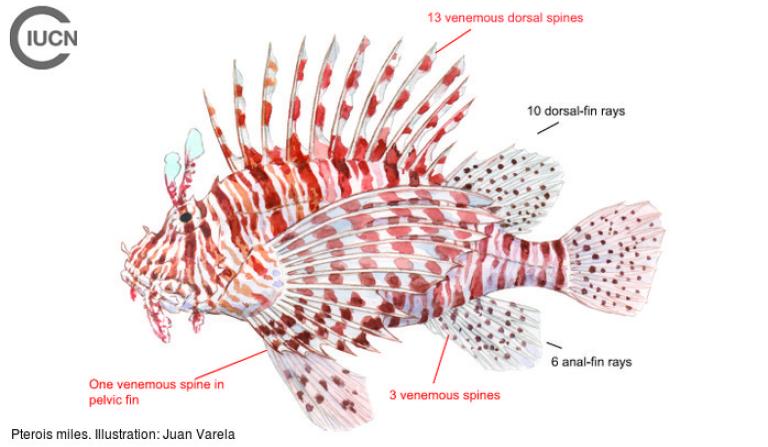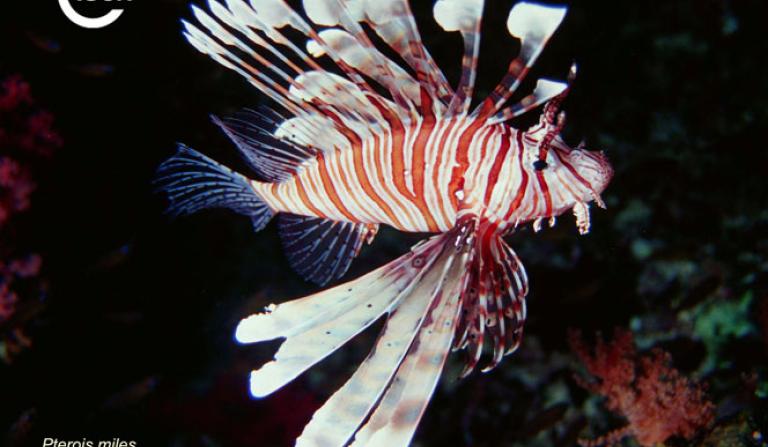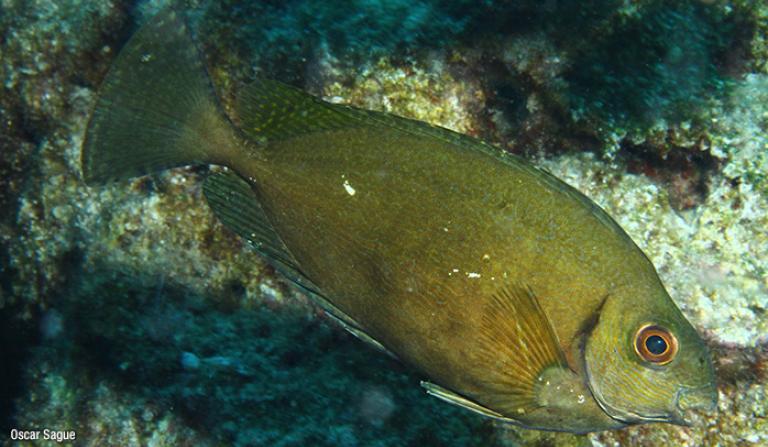Codium fragile sp. fragile
Πληροφορίες
Όπως και άλλα είδη Codium , C. fragile subsp. Το είδος είναι μαλακό και σαν σφουγγάρι στην αφή. Ανέχεται μεγάλες διακυμάνσεις της αλατότητας και θερμοκρασίας, επιτρέποντάς του να αποικίσει ένα ευρύ φάσμα χώρων. Φαίνεται να ευδοκιμεί στην διαπαλλοιριακή και στα ρηχά, σε βραχώδεις πυθμένες και σε προστατευμένους οικοτόπους όπως λιμάνια και όρμους.
Its success as a rapid colonizer may be attributed to its range of propagation techniques. It can reproduce either sexually or by releasing small propagules in the water column, which are dispersed locally. It also reproduces vegetatively by fragmentation of the thallus, forming new plants that are dispersed by currents and re-attach elsewhere, or from basal holdfasts that remain after fragmentation. The plant is perennial, proliferating each spring from a persistent basal portion.
Due to its morphology, C. fragile subsp. fragile could be mistaken for two other Codium species: the native C. vermilara and C. decorticatum, and only microscopic examination of the utricles, which are only cylindrical in C. fragile, can reveal the difference.
In C. vermilara, branches frequently bear simple or forked proliferations and the tips of the utricles are rounded with numerous hairs. C. decorticatum is a species with fewer branches that can reach a height of 1 metre. Its utricles are regular cylinders, dilated at the tip but without a sharp point.

Native to the North Pacific Ocean and Japan, this subspecies is nowadays widespread, having been introduced on shellfish for aquaculture, on recreational boats and on ship hulls. Secondary introductions are probably from aquaculture farms, vessels and fouling on fishing nets.
The closely packed frond structure of C. fragile traps sediments, eventually changing the nature of the substrate. It is a ‘low-lying’ alga, making it difficult for some large invertebrates and fish to find refuge or food between the bushy parts of the alga and the seabed. It also has a profound effect on native communities, outcompeting other algae and invertebrates.
C. fragile also has serious economic implications for aquaculture industries, as it has been found to overgrow and smother oyster beds.
http://www.europe-aliens.org/pdf/Codium_fragile.pdf
Bridgwood, S., 2010. Codium fragile ssp. fragile (Suringar) Hariot summary document. 2010. Fisheries Research Report No. 202. Department of Fisheries, Western Australia. 12 p.
C. Rodríguez-Prieto, et al., in press. Guía de las macroalgas y fanerógamas marinas del Mediterráneo Occidental. Omega, Barcelona.
